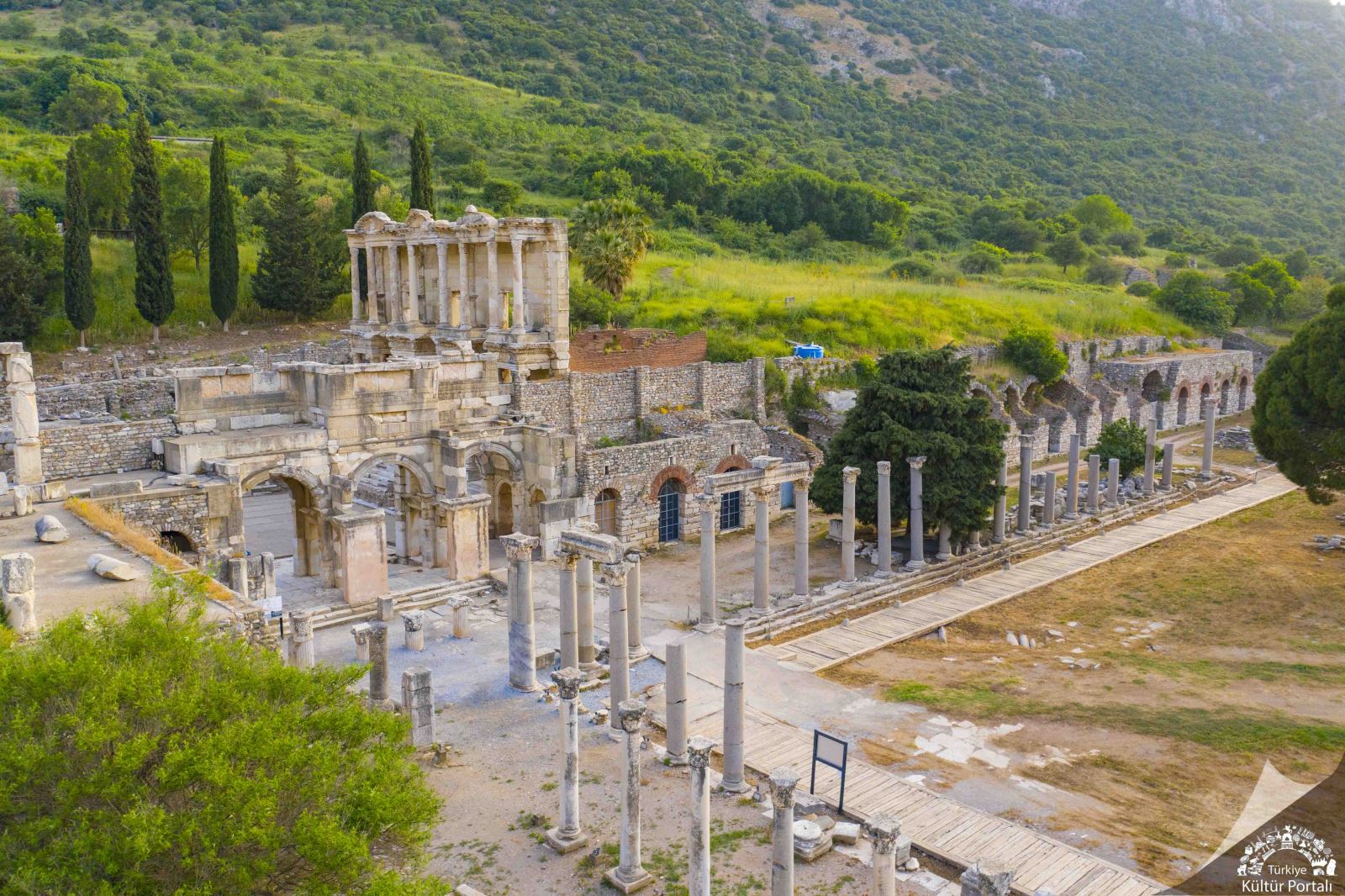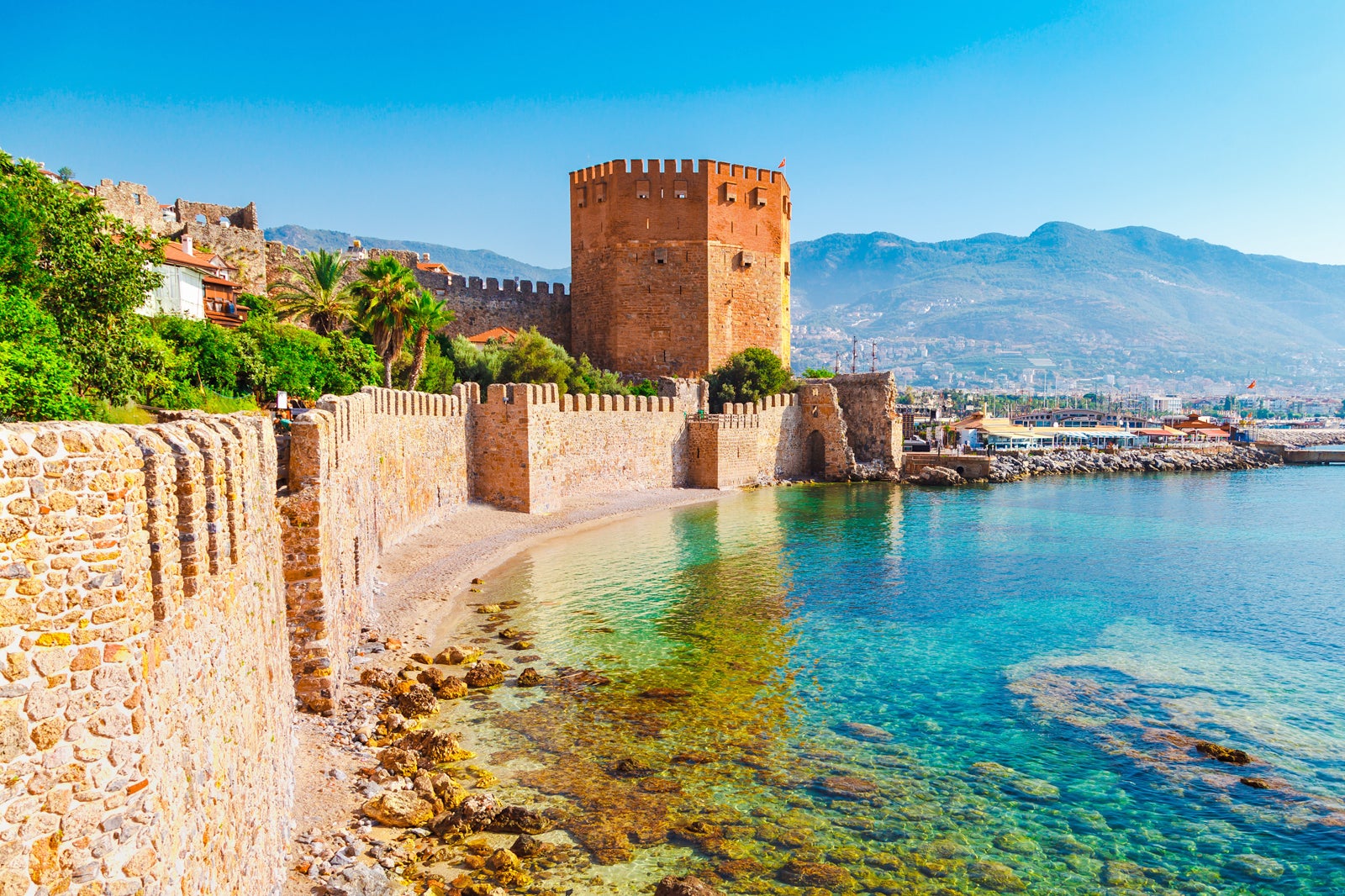History of Ephesus Ancient City

Başlıklar
History of Ephesus Ancient City
Ephesus Ancient City is located in the west of Turkey, within the boundaries of the Selçuk district of İzmir province, and is one of the most significant historical and archaeological sites in the world. Founded in the 10th century BC, this ancient city has hosted many civilizations, including Greek, Roman, Byzantine, Seljuk, and Ottoman Empires. Especially during the Roman Empire, Ephesus became the most significant metropolis of Asia and has been an important center for science, culture, and art throughout history. Today, listed as a UNESCO World Heritage Site, Ephesus attracts millions of local and international tourists annually with its rich historical texture, magnificent ancient structures, and unique ruins. This article will provide information on the history of the ancient city of Ephesus, its significant structures, a guide to visiting, and current preservation efforts.
The History of Ephesus
The Ancient City of Ephesus was founded in the 10th century BC on the fertile lands of the Aegean, at the intersection of trade routes. Since its foundation, Ephesus has borne the marks of many civilizations, including Greeks, Romans, Byzantines, Seljuks, and Ottomans. This section will explore the historical journey of Ephesus, significant events, and the development of the city through various periods.
Greek Period: As one of the 12 cities of Ionia, Ephesus was developed by the Greeks and became a rich trade center. The city is known for the Temple of Artemis, one of the Seven Wonders of the Ancient World, which increased its religious significance.
Roman Period: Becoming part of the Roman Empire in the 1st century BC, Ephesus experienced a period of great prosperity and development as the capital of Asia province. With a population reaching 250,000, Ephesus became one of the largest metropolises of the Roman Empire. Magnificent structures such as the Library of Celsus and the Great Theatre were built during this period.
Byzantine Period: After the division of the Roman Empire, Ephesus became one of the important cities of the Byzantine Empire. However, the importance of the city gradually declined due to the silting of its harbor and wars in the region.
Seljuk and Ottoman Periods: Throughout the Middle Ages, Ephesus came under the control of the Seljuk and later the Ottoman Empire. However, little of the city’s former glory was preserved during these periods.
Despite the many changes it has undergone throughout history, Ephesus still hosts some of the most impressive ruins of the ancient world today. The city’s rich history is continuously unearthed through archaeological digs and research.
Important Structures and Areas
Ephesus houses some of the most important structures and areas of the ancient world. This section will take a closer look at the most famous and most visited structures of Ephesus.
Library of Celsus: One of the symbols of Ephesus, the Library of Celsus, was built in the 2nd century AD during the reign of Roman Emperor Hadrian. Considered one of the largest libraries of the ancient world, this structure is captivating with its architecture and history.
The Great Theatre: With a capacity of 25,000 spectators, the Great Theatre is one of Ephesus’s most impressive structures. Hosting both gladiator fights and theater plays, this theatre still serves as a venue for various events and concerts today.
Temple of Artemis: One of the Seven Wonders of the Ancient World, the Temple of Artemis, has unfortunately only a few remnants left today. However, the remains give an idea of the temple’s size and grandeur, leaving a deep impression on visitors.
Temple of Hadrian, Terrace Houses, and other significant structures: Ephesus also attracts attention with other significant structures and areas like the Temple of Hadrian and the Terrace Houses. These structures are part of Ephesus’s rich historical and cultural heritage.
With these magnificent structures, Ephesus fascinates not only history enthusiasts but also visitors interested in art and architecture. Each structure tells its story and sheds light on Ephesus’s past.
Current Excavation and Restoration Works in Ephesus
The preservation and transmission of Ephesus to future generations are ensured through ongoing excavation and restoration works. These efforts allow us to better understand the city’s history and preserve this important heritage of the ancient world.
Excavation Works: Excavations continue to explore yet undiscovered parts of Ephesus. These works uncover new structures, artifacts, and prehistoric remnants, providing more information about the city’s history.
Restoration Works: Alongside excavations, the restoration of many historic structures and monuments in Ephesus is of great importance. The aim of restoration works is to protect structures that have been worn down and damaged over time and restore them as close to their original states as possible. This process requires extensive research and careful planning.
These efforts not only preserve Ephesus’s past but also its future. Thanks to restoration and conservation efforts, Ephesus will continue to exist as a world heritage through history.
Visiting Guide to Ephesus
Visiting the Ancient City of Ephesus is like embarking on a journey through the dusty pages of history. This section will provide some tips and recommendations for those who wish to visit Ephesus.
Best Times to Visit: Ephesus can be visited throughout the year; however, spring and autumn months are ideal for a more comfortable visit due to cooler weather. These periods are more suitable for long walks and explorations.
Transportation and Entrance Fees: Ephesus is approximately 80 kilometers away from İzmir and can be accessed by private car, bus, or through tour companies. Entrance fees vary depending on the areas visited and the type of tour undertaken. For up-to-date information, it is advisable to visit the official website of the Ephesus Museum.
Tips and Recommendations for Visitors: When visiting Ephesus, it is important to wear comfortable walking shoes as the roads within the city can be rocky and uneven. Additionally, protective items such as hats and sunscreen are recommended during the summer months to guard against the sun. Considering the size and richness of the city, allocating enough time to explore all areas is beneficial.
Ephesus and UNESCO World Heritage
Ephesus was included in the UNESCO World Heritage List in 2015. This status recognizes the outstanding cultural and historical significance of Ephesus for the entire world and encourages international efforts to preserve it. UNESCO’s recognition is an important step in ensuring that Ephesus can be discovered and appreciated by future generations.















